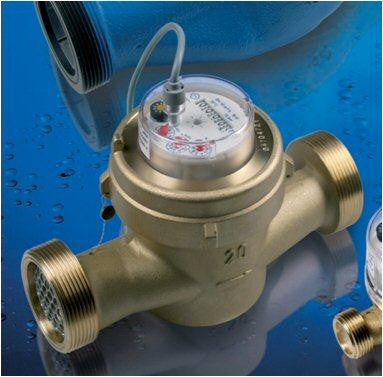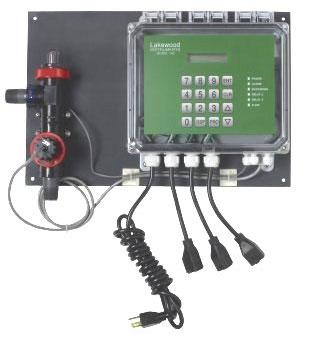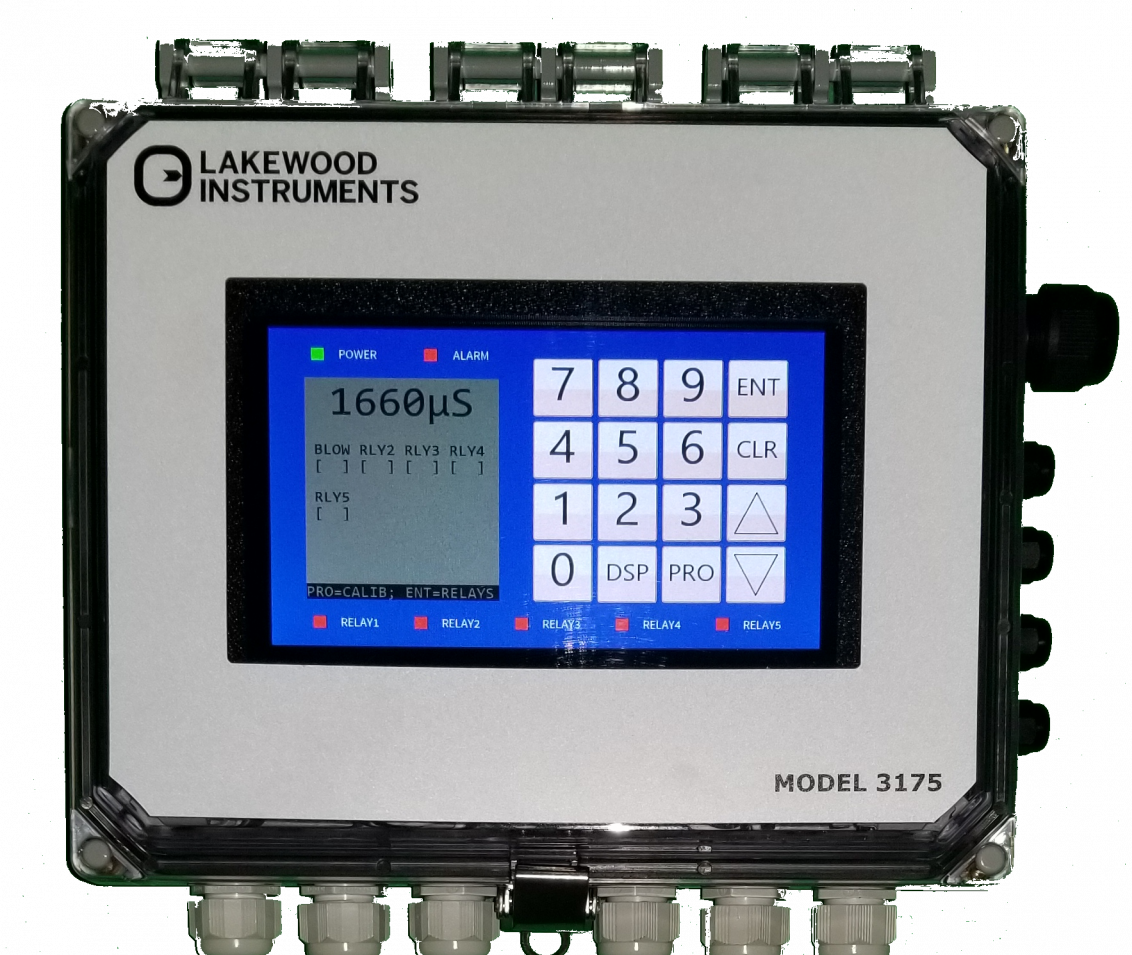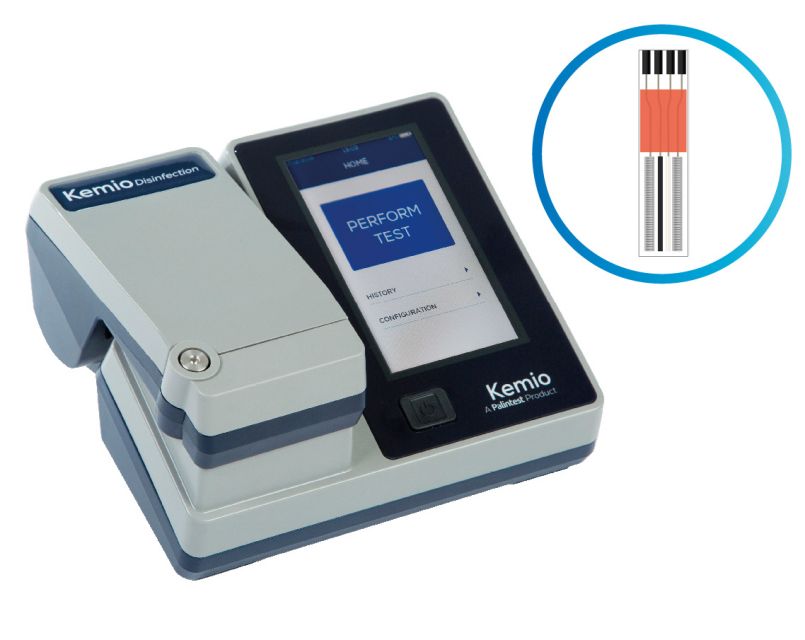Pulse-based counting in flow meters
June 05, 2017 0 Comments

The pulse counting method for flow measurement involves converting the kinetic energy from the flowing fluid into rotation, detecting this rotation and converting it into electrical energy in the form of digital pulses comprising '0's and '1's of varying periods in accordance with the flow being measured. The periods of '0' and '1' can then be measured to determine the speed and direction of rotation; hence determining the rate of flow and amount of fluid flown over a period of time.
Some flow measurement methods may generate analog signals that must be converted to digital signals before being used by a Micro-controller unit (MCU). A fast flow generates pulses/waveform of higher frequency while a slow flow generates low frequency pulses/waveforms.

Figure 1 shows a representation of the pulse counting theory where the fluid flowing in a pipe activates a mechanism to create rotation and a sensor to then generate the analog or digital waveform. This waveform can be then measured using an MCU having a pulse counter.
Sensors based on Pulse Counting Theory
There are various sensors available that employ different techniques to generate electrical pulses in accordance with the flow being measured. Some of the commonly employed sensors include:
- Optical Sensors
- Magnetic Sensors
Use of one sensor allows measurement of rotation without detecting the direction. A second sensor makes it possible to also detect the direction of the rotation.
Optical Sensors
Optical sensors sense light through a perforated disc which rotates when the fluid flows through the meter. This sensor comprises a LED, a light sensor and a rotating disc located between LED and the light sensor. Figure 2 shows the arrangement of the individual components of the optical sensor.

The rotating disc is cut to make perforations in it which are encoded in different ways. The light sensor or photo diode conducts current in accordance with the perforations on the disc to generate pulses which can be measured using a counter on an MCU. The perforations on the rotating disc can be encoded in:
- 2-bit or 3-bit Binary/Gray encoding
- 2-bit Quadrature encoding
Figure 3 shows 3-bit Gray and Binary encoded discs. The white portions indicate the perforations through which the LED is visible to the photo diode and will conduct. The black portions block the LED and the photo diode does not conduct.

The output of the optical sensors is analog. Some sensors may include a comparator on-chip to provide a digital output which can be counted using a count on a MCU.
Also in Blog

Advanced Cooling Tower Management: Enhancing Efficiency with Lakewood Model 140
February 28, 2024 0 Comments

Optimizing Cooling Tower Performance: Understanding Efficiency, Maintenance, and Water Quality Management
February 28, 2024 0 Comments

Revolutionizing Water Analysis: Everything You Need to Know About the Kemio KEM10DIS
April 19, 2023 0 Comments

